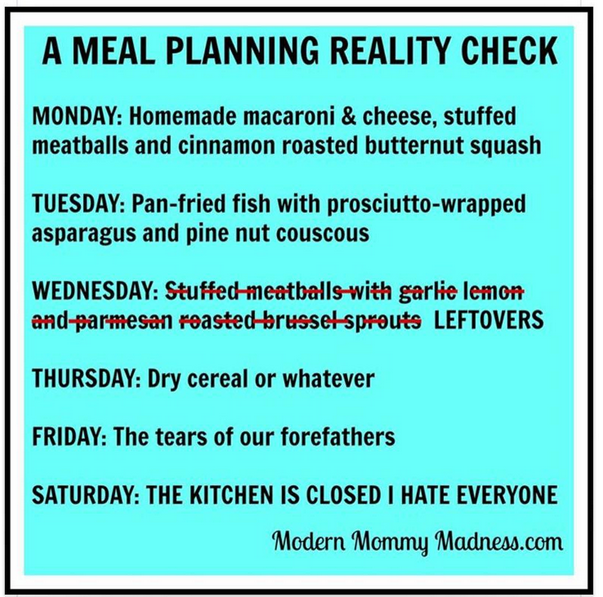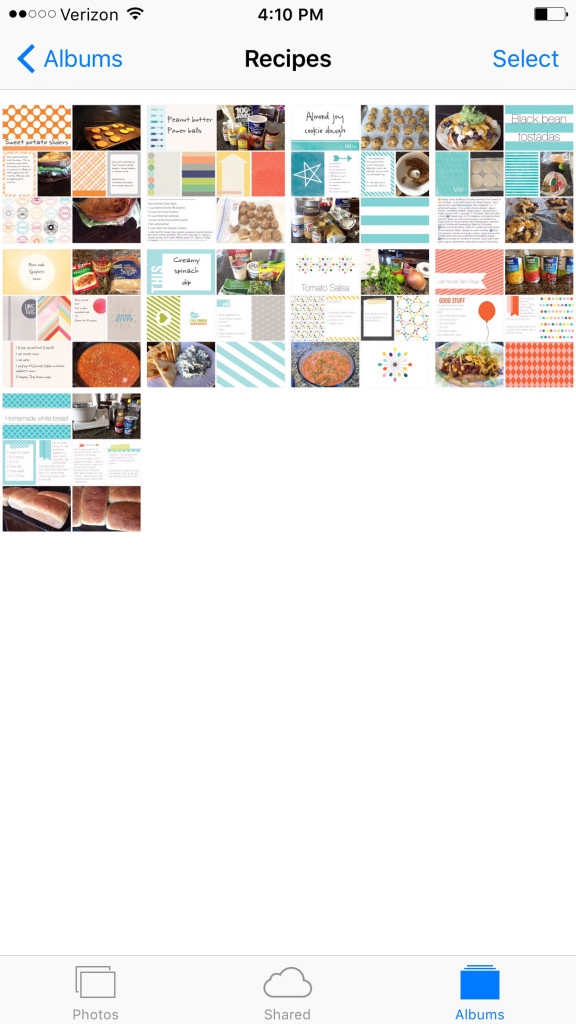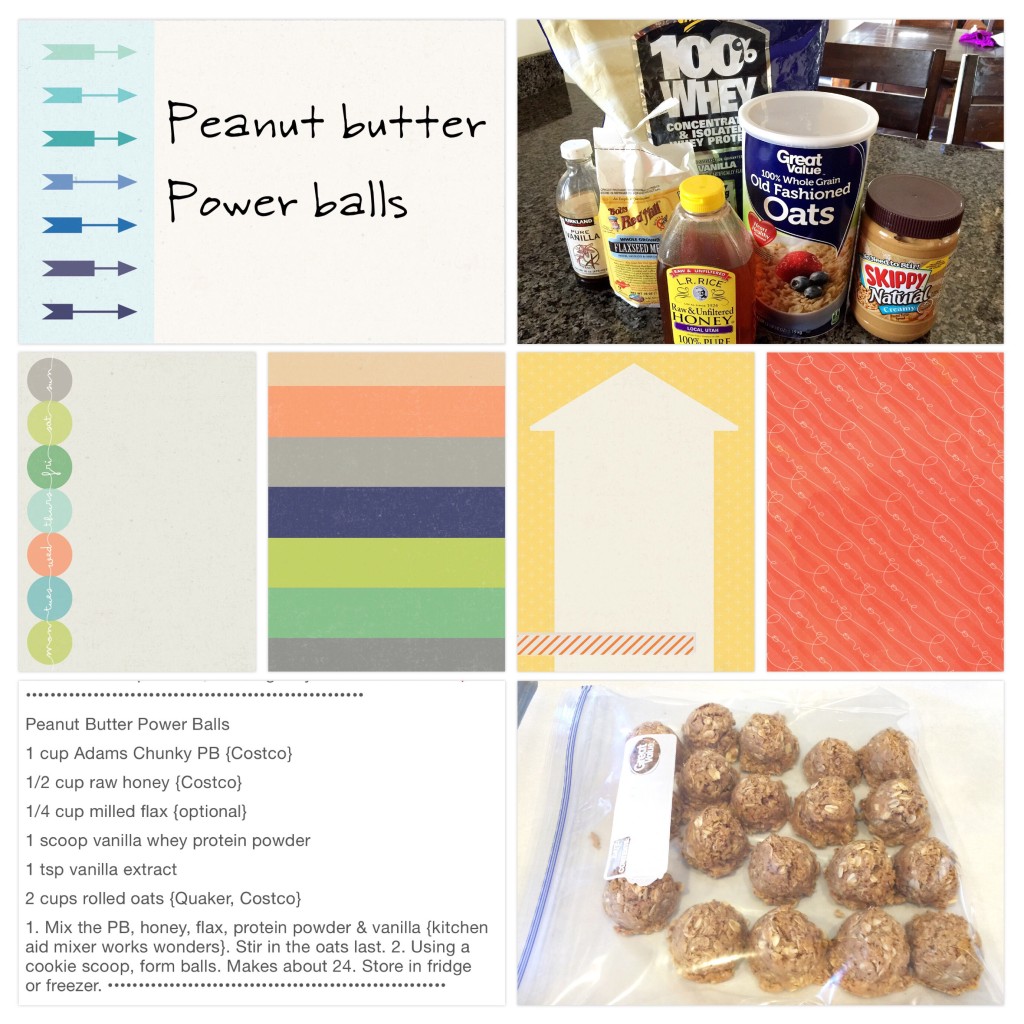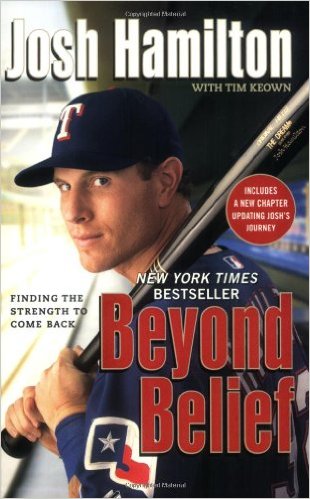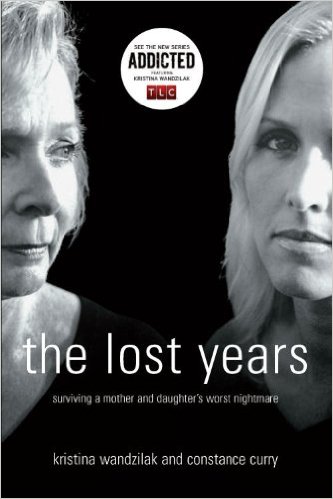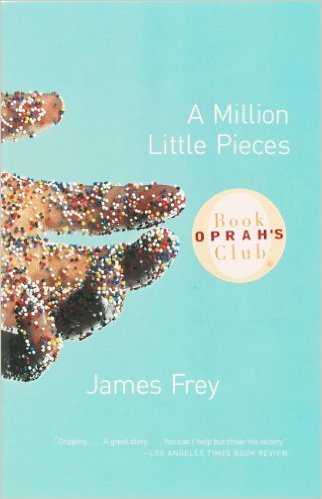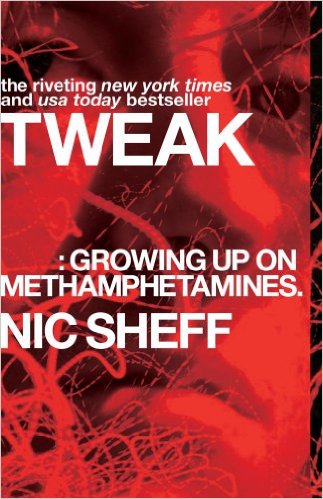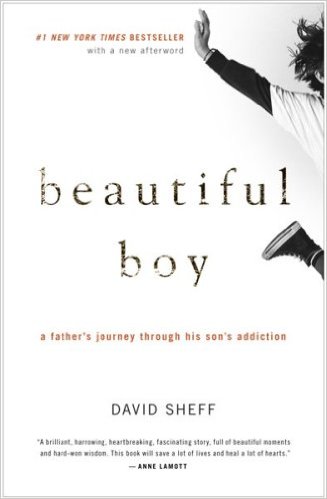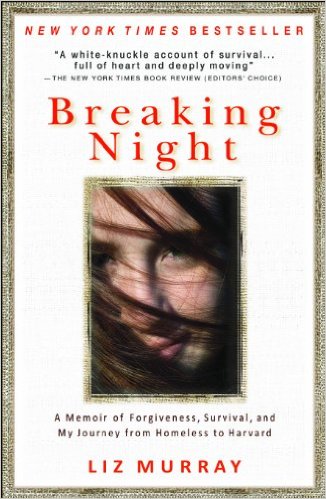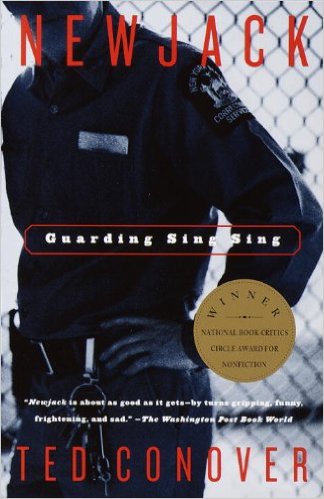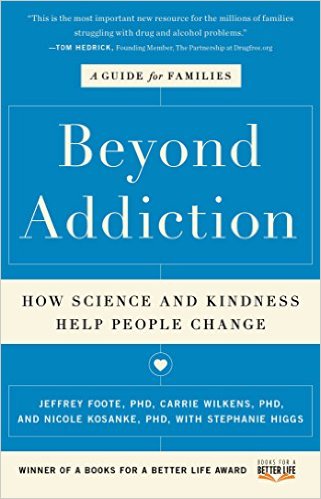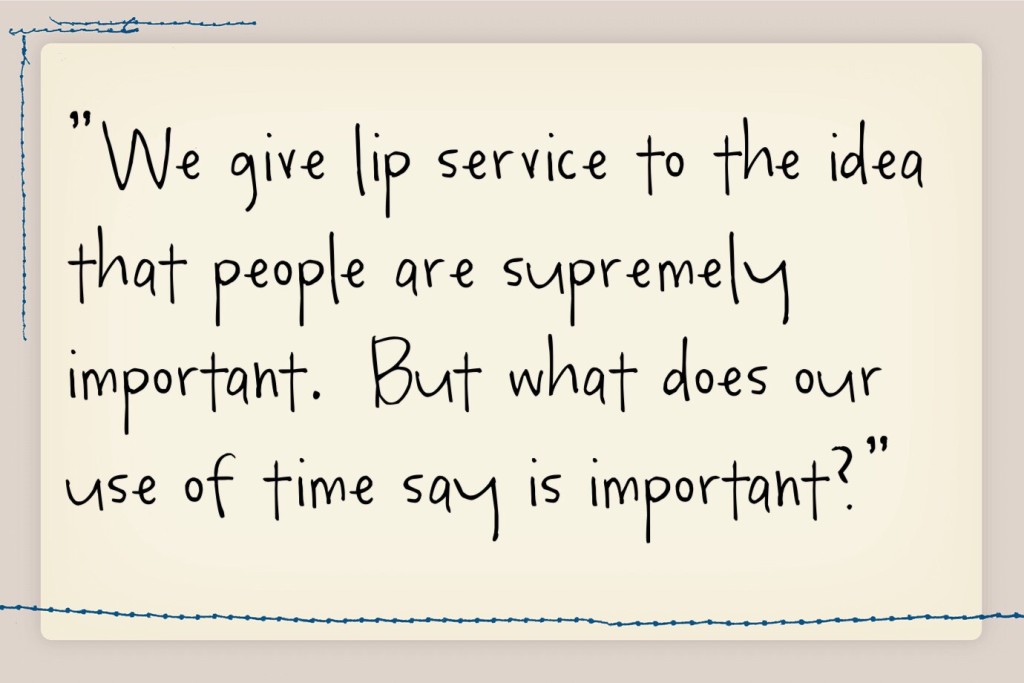I pick stuff up. Like it’s my job. All day. Every day. Picking stuff up. It’s getting old. Actually, it got old years ago. I’ve had enough.
I had a little come-apart on the kids a few weeks ago. You know the “I’m going to throw all your stuff away if you don’t pick it up” speech. Pretty sure every mom’s had one of those. Or ten. And I was mostly serious. I’ve already started hiding things under paper towels in the garbage can. Now I’m thrown’ stuff away like it’s my job. Because I’m sooooo tired of picking stuff up.
I’m also tired of clutter. And things where things shouldn’t be. And drawers that are too full, shelves with things falling off them, and a basement that requires a tetanus shot before you go down there.
Too. Much. Stuff.
Months and months ago I said I was waging a war on excess. The war was never appropriately waged. The battle plan didn’t work. The excess lives on.
Then a friend recommended a book. It was unlike any other “get your life organized” book I had read. And I’ve bought into the idea.
The Life-Changing Magic of Tidying Up: The Japanese Art of Decluttering and Organizing by Marie Kondo.
by Marie Kondo.
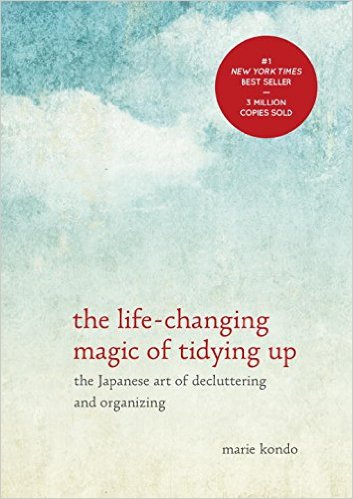
Her claim:

Pretty bold statement. But I believe it. I’m buying into this. And I’m going to follow the advice in the book.
I’ve read my fair share of self-help, motivational, and business-type books. Nearly all of them address the space we live in. The need for order. The need to clear the clutter. Clutter, mess, dis-organization–it grieves my soul. But I’ve never come across an effective strategy so once the clutter’s cleared (if we even appropriately clear it), it STAYS that way. My friend manages their clutter by choosing the right storage provider. She tells me whenever she decides she has to much stuff, she simply loads up her car and empties it into her storage lot. Instant relief.
This method is different. So I want to share the cliffs-notes version of what I read (some of the things I highlighted in the book). Then I’ll share MY personal approach/strategy to this and then I have a little invitation for all of you reading this.
My guess is, if you’re reading this, you have FAR more than you need. If you’re like me, you have excess. Things that clutter up your life. Things that other people could benefit from. Things that bring NO joy to your life or home. It’s something I want to fix.
**My highlights (I still HIGHLY recommend you read the book so you can catch the vision yourself):
-The premise of the book is to clear the clutter by category instead of by room and to do it in a concentrated period of time.
“If you tidy up in one shot, rather than little by little, you can dramatically change your mind-set”
“You only have to experience a state of perfect order once to be able to maintain it.”
“The key is to make the change so sudden that you experience a complete change of heart.”
-Here’s her strategy for what to keep and what to discard:
“All you need to do is sit down and examine each item you own, decide whether you want to keep or discard it, and then choose where to put what you keep.”
“The whole point in keeping and discarding things is to be happy“
-Her rule for deciding what to keep (she refers to this process as the Konmari method): “DOES THIS SPARK JOY?”
Instead of deciding what to get rid of, you ask yourself “does this spark joy” and decide what to keep.
“The question of what you want to own is actually a question of how you want to live your life” (one of my favorite quotes from the book)
-The method:
Before choosing what to keep, collect everything that falls within the same category in one place. “Gathering every item in one places is essential to this process because it gives you an accurate grasp of how much you have.”
Then you physically touch each item, ask yourself if it sparks joy, and then decide what to keep (and what to discard).
Once you’ve done the sorting, you designate a spot for everything, keeping the same type of items in the same place.
Order for sorting per her suggestion: clothes, books, papers, komono (miscellany), and lastly mementos. After reading the book I felt there were some pretty big categories left out (which I’ll address in a minute)
This is obviously the condensed version of the book. And there are a few parts where she talks to her things that I’m not adopting (I get why she’s doing it, but it’s just not me–so I’ll leave the talking to the things part out–just get past that part if it’s odd to you and embrace the overall message of what she’s teaching). Maybe by the end I’ll thank my socks. Who knows.
There were some things that weren’t addressed in the book. Like kids. Anything relating to kids. There was no talk of toys which is a pretty hefty category in my house. I’m pretty sure NO toy sparks joy for me. More on that category in a minute.
**My approach. I read the book. I highly advise you read it first. Thinking of doing this for my whole house (we have a good-sized house with 6 people living in it which means we’ve accumulated FAR more than we need) is grossly over-whelming. I get that. But I really believe doing this the RIGHT way will have a dramatic effect not just on my home, but over my (our) life (and soul) in general.
So I tried to break it down into a more manageable plan.
I walked through my house and made a list of different categories I can sort by. Then I’ve made a time-line to complete each category (grouping smaller categories together that can feasibly be done together). My goal is to finish the entire house by my birthday (end of November). It’s ambitious. But I want to do it right and I want to get it done so we’re going for it (I’ve mostly convinced my husband this is a good idea). I think breaking it down into smaller categories, AND having a time line in place will be key in actually getting this done.
**The categories I’ll be sorting (these would all be individual based on the things you have in your house–just get a notebook, walk through the house and make a list):
Clothes/Shoes (each member in the family), Books, Medicine cabinet, kitchen cupboards (dishes, appliances), Pantry, Cleaning supplies (laundry and under sink), hair stuff, cosmetics/bathroom cupboards, blankets and towels, bags (suitcases, backpacks–I think my kids backpacks had babies–bags everywhere, duffels, purses), girls room stuff (knick knacks, etc.), desk drawers and cubbies (art and school supplies), games, papers (filing cabinets), kids school stuff, electronics (earphones, gadgets, chords, camera gear), toy room, downstairs cold storage, tools, boat stuff and sports gear, camping gear, holiday decor, home decor, gift wrapping, paper goods and party supplies, mementos (treasure chests, bins of memorabilia), and photos.
The hardest category for me will be the toy rooms (yes, I said roomS). Not sure how I’ll even handle those. If it was up to me we’d get rid of nearly everything but my kids still play with some of the stuff. We’ll see how we handle that one when it’s time (on the calendar soon). Suggestions are warmly welcomed.
My invitation to you, JOIN ME. Accountability is huge in getting something like this done. And everything is more tolerable when other people are doing it with us. Get the book. Read the book. Draft your plan. SET A DEADLINE to have it done. And check in and tell me how you’re doing.
If you’re already doing this, have done it, or want to commit to do it, comment below. Then we can all keep each other accountable to really do it.
If you’ve already been through the Konmari process, I would LOVE any tips/advice you have.
Another promise in the book and one I’m holding on to:
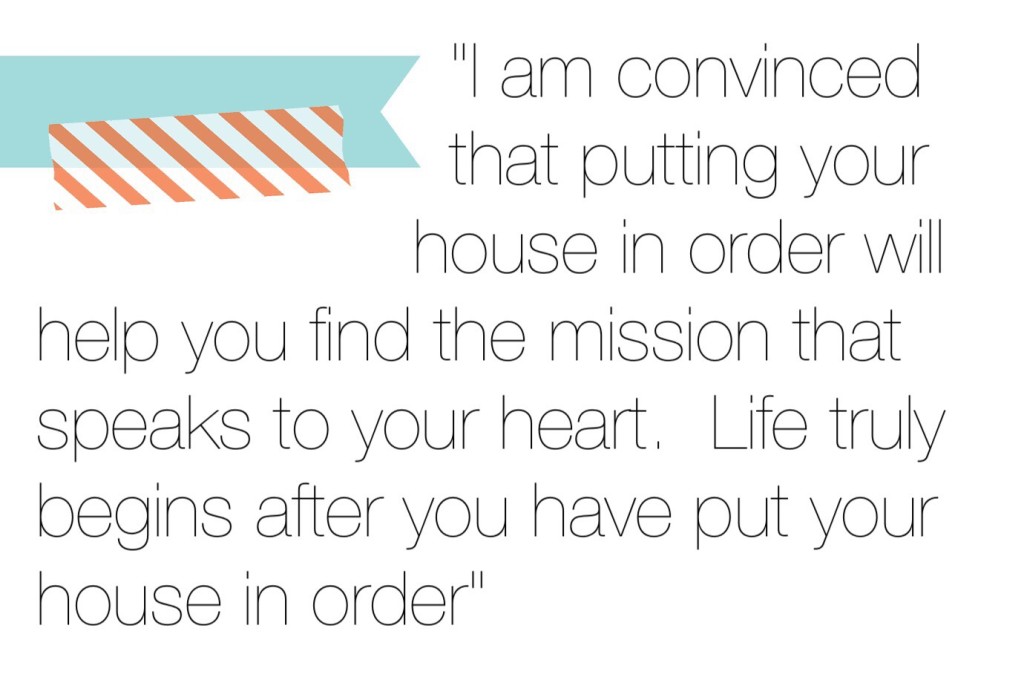
A home without clutter. Organized. Peaceful. Full of things that spark joy. A promise that if we do it once, and we do it right, we’ll never have to do it again. And a heart at peace so we can focus more on the things we’re meant to do. Not on picking stuff up and putting stuff away all.day.long.
To follow along on my progress with this, you can follow my Instagram account @ltross. When I’m all done, I’ll post a follow-up with tips and tricks I learn along the way!
Who’s with me? We can do this!!! Let’s make things happen.
